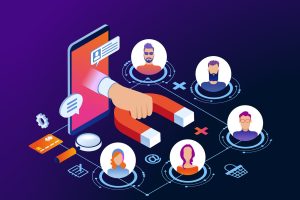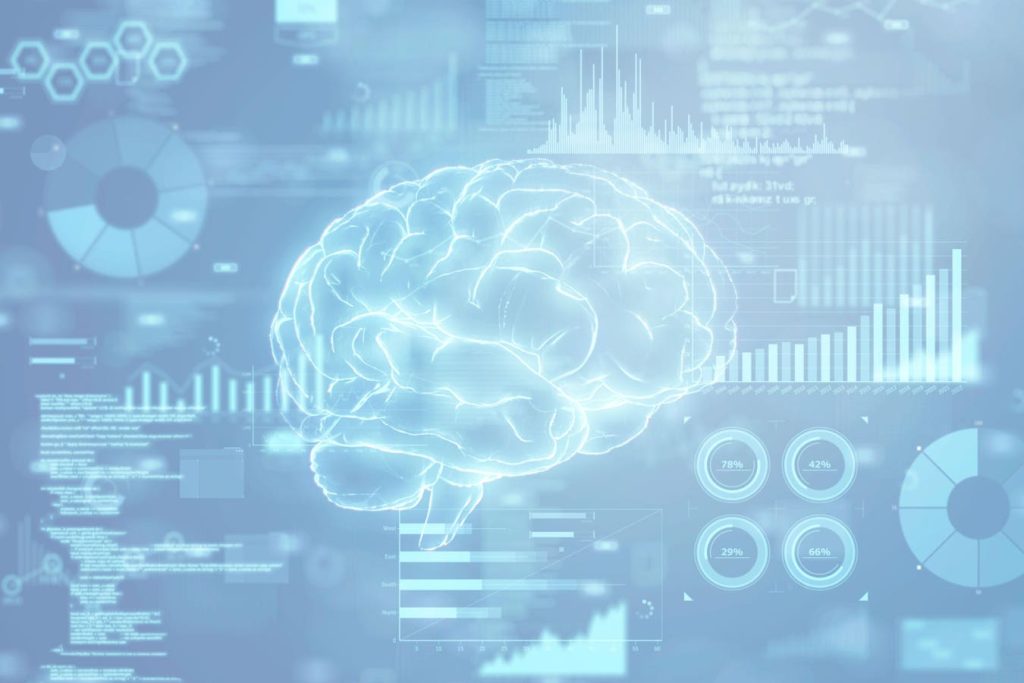Raj Neervannan is cofounder and CTO of AlphaSense, a market intelligence and search platform used by the world’s leading companies.
Artificial intelligence (AI), and generative AI (GenAI), in particular, are already transforming the business landscape. Korn Ferry predicted an increase of up to 27% in companies’ AI budgets this year despite pervasive revenue pressure.
As organizations of all shapes and sizes explore and implement GenAI, one of the most salient questions facing decision-makers is whether to buy the technology from an existing provider or build it in-house. There are a number of considerations to determine which approach will yield the best results for your business, and leaders need to understand the advantages and drawbacks of both.
Pros And Cons Of Buying Off-The-Shelf
The primary advantages of choosing an off-the-shelf generative AI model are straightforward: time to market, cost efficiency, ease of use, proven performance and support with continuous updates. Software providers offer ready-made AI models designed for common use cases, such as customer service chatbots, which companies can adopt in a fraction of the time and cost it takes to build a model from scratch.
They are typically tested and validated to work across a range of scenarios and reduce the technical complexity involved with implementation. These models would have been trained on publicly available customer service content and would be representative of what a typical customer service chat should be.
At large companies like Airbnb and Deutsche Telekom, investing in commercially available large language models (LLMs) that include development tools and integrations allows different teams within the business to use these models to meet generic objectives.
Additionally, buying an AI model from a provider that specializes in GenAI can provide faster access to new capabilities as they emerge while still allowing one to adapt to their needs.
However, commercial solutions are designed to work for a wide variety of use cases, which means they are not fully customized to any individual company’s specific tasks, especially if the real-world data deviates from the conditions under which the model was optimized. If you are building a product and see it as a competitive advantage, then it may make sense to teach the model custom content and instruct the model to behave in ways to suit that need.
The cost of licensing and dependency on the vendors introduce additional long-term business risks. An external model may require sending the data to the vendor, which can raise privacy and security concerns, particularly with companies’ sensitive information.
Advantages And Drawbacks Of Building In-House
Building a GenAI model in-house guarantees it will have the nuanced, custom functionalities and features your company needs. A custom-built AI model will also be interoperable with your existing platform and tech stack because the engineers building the model will work hand-in-hand with your own developers and team, giving you flexibility and control. Intellectual property can offer a competitive advantage while ensuring the privacy of your data.
A proprietary GenAI model might be a game-changer, but it is inevitably a massive investment. The current price tag for building and operating such a model can be tens to hundreds of millions of dollars, not to mention the longer time to market and the risk of failure.
Part of the reason it’s so expensive to build GenAI models from scratch is the high cost of the necessary hardware and required talent. There is a dearth of high-end GPUs needed to train these models, and even when available, they remain very expensive.
Besides, engineers with relevant research and development qualifications, as well as the necessary leadership abilities to manage the process from start to finish, typically command a seven- to eight-figure salary. If your company doesn’t already have a team of experienced AI engineers on staff, you will need to recruit and hire for those roles. According to data from LinkedIn, the average number of days it takes to hire an engineer is 49—longer than roles in many other professions, including finance, IT and healthcare.
How We Navigated The Decision Process
At AlphaSense, we faced this decision—to buy or to build—years before ChatGPT introduced GenAI to the masses. Our vision was to deploy GenAI to help financial analysts and other professionals conduct their business research with greater speed and accuracy. We explored the best-of-breed AI models available at the time, as well as comparable options we could fine-tune with our document sets and annotation instructions. Even the leading off-the-shelf models had limitations: For example, some contract requirements restricted the sharing of documents to a third-party vendor (even when the documents were publicly available).
As our use case evolved from pre-generated responses to include multiple documents, open-ended search results and finally, a full-blown chat feature, we recognized the need and challenge of maintaining control over IP, privacy, cost, quality and performance. It was also critical to ensure that AI-generated statements had verifiable data sources that were relevant and pertinent to each user query.
We ultimately determined that to achieve the highest standard of performance and privacy, we had to build our own models based on commercially flexible open-source models and manage cost, scalability and customization in-house.
Concluding Thoughts
When it comes to GenAI, the decision to buy or build is crucial. Making the right choice requires executives to closely examine their desired use cases, evaluate the available off-the-shelf options and existing solutions, be strategic about their resources and move forward on the path that best suits their organization for the long term.
Forbes Technology Council is an invitation-only community for world-class CIOs, CTOs and technology executives. Do I qualify?
Read the full article here






